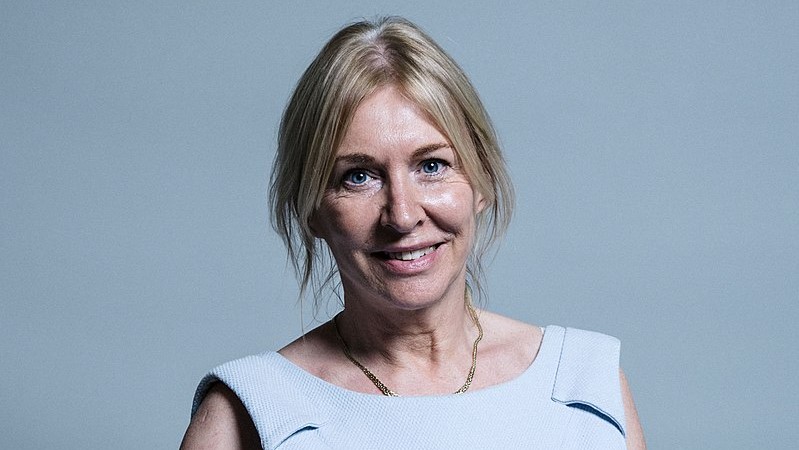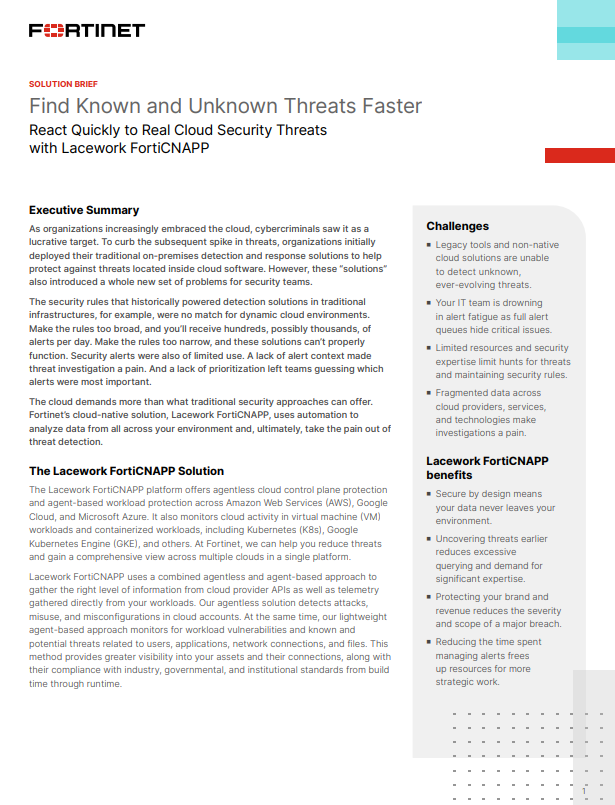Nadine Dorries appointed digital secretary in government reshuffle
The former mental health minister replaces Oliver Dowden only days after he announced major GDPR reforms


Nadine Dorries has been appointed as the secretary of state for digital, culture, media, and sport (DCMS), taking on a portfolio overseeing the UK's data strategy, cyber security, and 5G rollout.
Dorries will take over as digital secretary from Oliver Dowden at a critical time for the government’s tech strategy and only days after her predecessor announced a major shakeup to UK GDPR.
Dowden, who has been appointed co-chair of the Conservative Party in the reshuffle, only last week outlined a vision for a UK data protection regime that ditches “box-ticking” in favour of a “common-sense” approach to regulation.
This plan, which Dorries will now execute, also involves restructuring the Information Commissioner’s Office (ICO) and overseeing the confirmation of John Edwards as Elizabeth Denham’s replacement when she steps down later this year.
Dorries becomes the sixth digital secretary in the four years after Theresa May added the digital portfolio to what was, prior to 2017, known as the Department for Culture, Media and Sport (CMS). Her predecessors also include Karen Bradley, Matt Hancock, Jeremy Wright, and Nicky Morgan.
She replaces Dowden, who had been the longest-serving secretary of state for DCMS, after 19 months in post, and oversees an agenda that includes regulating big tech companies, overseeing the UK’s networking expansion, and executing the national data strategy.
This comes alongside the aforementioned fundamental reforms to the UK’s data protection regime, which go hand-in-hand with maintaining the UK’s data adequacy status with the EU.
Get the ITPro daily newsletter
Sign up today and you will receive a free copy of our Future Focus 2025 report - the leading guidance on AI, cybersecurity and other IT challenges as per 700+ senior executives
What are Nadine Dorries’ digital credentials?
Dorries is relatively inexperienced for a newly-appointed secretary of state, having spent much of her parliamentary career as a backbencher. What little ministerial experience she does have is in healthcare.
She was elected as the MP for Mid Bedfordshire in 2005, and her first step-up to the government came 14 years later when Boris Johnson appointed her as the parliamentary under-secretary of state for mental health, suicide prevention, and patient safety. She was promoted to minister of state for the same portfolio last May.
Even from her time as a backbencher, it’s difficult to ascertain her digital credentials from statements, campaigns, or parliamentary activities. For example, she was appointed to the Science and Technology Committee in 2010, but didn’t attend a single session.
RELATED RESOURCE

Prior to this, she was a part of the Innovation, Universities, Science and Skills Committee in 2008, but attended just 2% of sessions.
Infamously, in December 2017, Nadine Dorries tweeted that she lets her staff, “including interns on exchange programmes”, log onto her computer using her credentials every day. This lax attitude to cyber security was widely criticised at the time by cyber security and information security experts, although Dorries defended the actions by suggesting the only thing on the computer was a shared email account.
The thinking behind her appointment may be more driven by her attitudes and views on the three traditional pillars that make up the department; culture, media, and sport, rather than digital. That, however, runs counter to the way the department has evolved in the years since Theresa May updated its remit to include digital strategy.
Roughly 70% of the department’s resources and personnel are dedicated towards its digital policies and projects, according to Public Technology, based on figures from the start of 2020. This means that regardless of Dorries’ previous experience, credentials, or interests, much of her time will be devoted to overseeing the various strands that comprise the UK’s digital strategy.

Keumars Afifi-Sabet is a writer and editor that specialises in public sector, cyber security, and cloud computing. He first joined ITPro as a staff writer in April 2018 and eventually became its Features Editor. Although a regular contributor to other tech sites in the past, these days you will find Keumars on LiveScience, where he runs its Technology section.
-
 Neural interfaces promise to make all tech accessible – it’s not that simple
Neural interfaces promise to make all tech accessible – it’s not that simpleColumn Better consideration of ethics and practical implementation are needed if disabled people are to benefit from neural interfaces
By John Loeppky
-
 Solution Brief: Find Known and Unknown Threats Faster
Solution Brief: Find Known and Unknown Threats FasterDownload Now
By ITPro